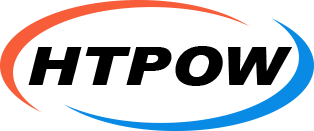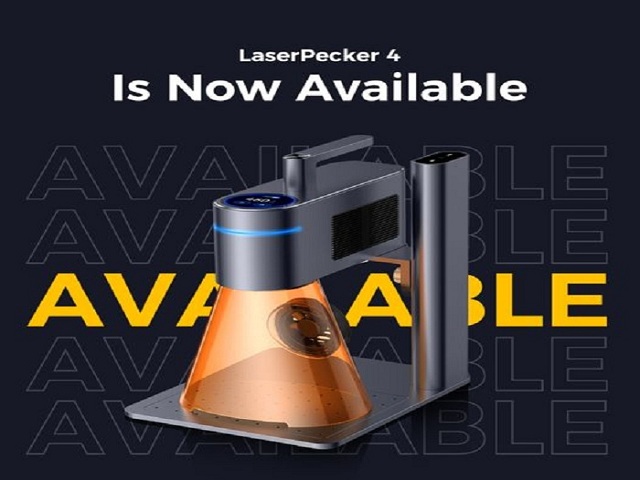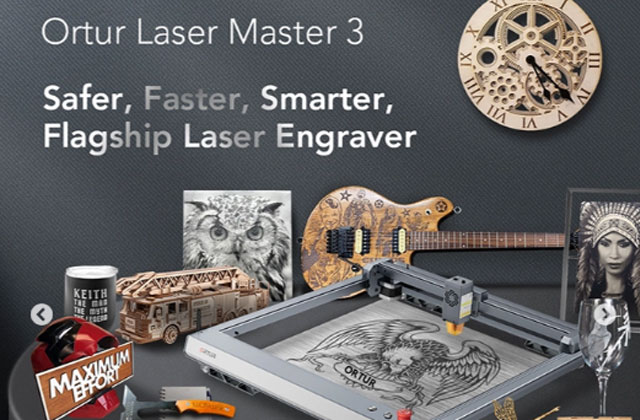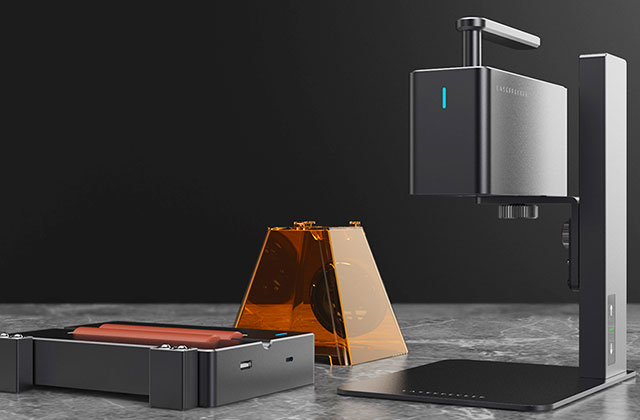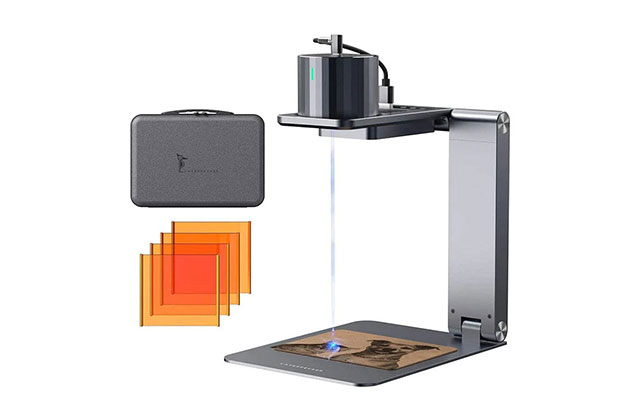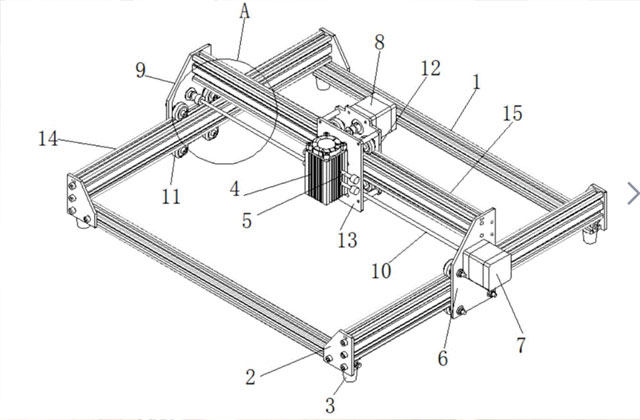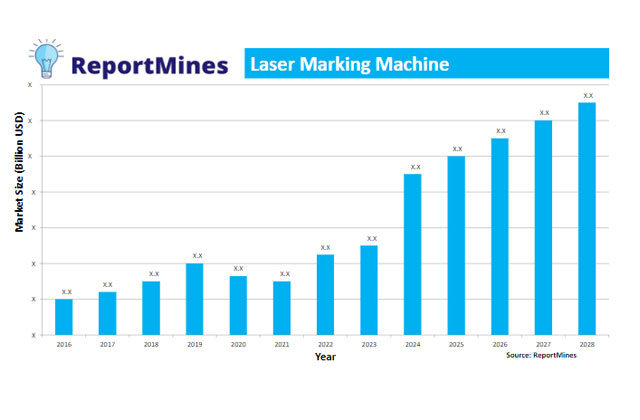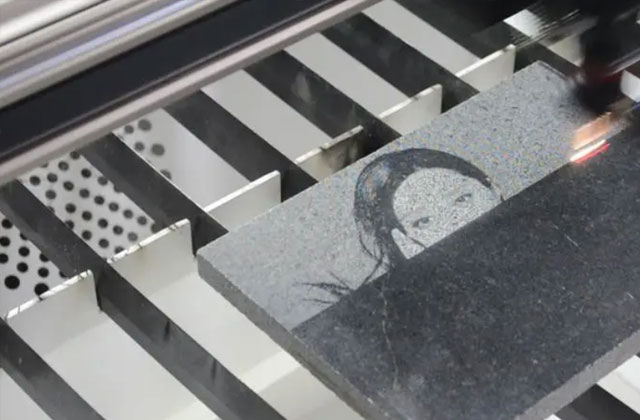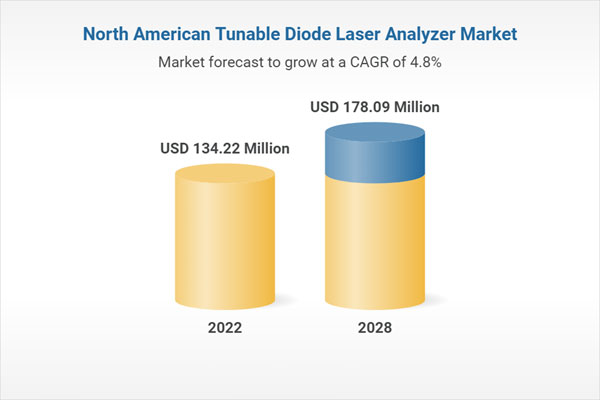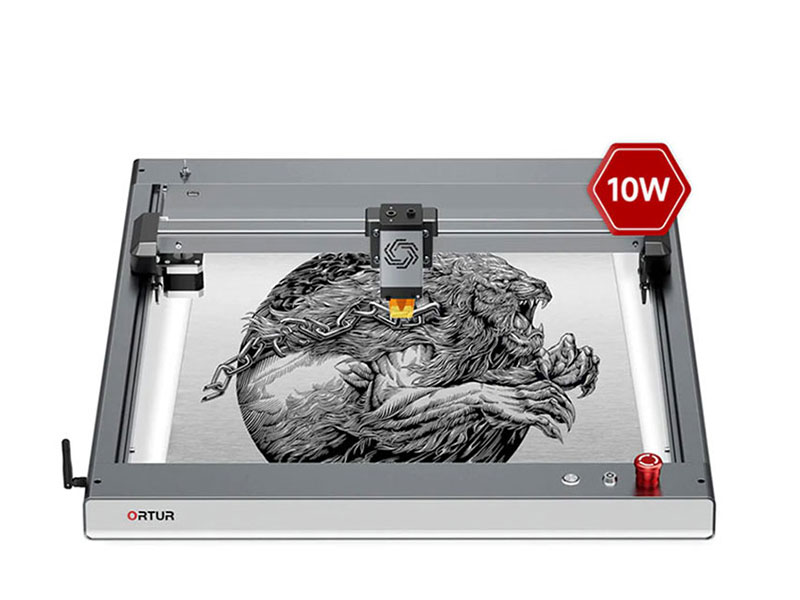Laser engraving is an ideal solution for creating products for industrial, commercial and marketing purposes. Laser engraver are versatile because they can precisely engrave items of different materials in a short amount of time. However, did you know that lasers have no inherent heat? Did you know that a laser engraving machine is as easy to use as a computer printer? Read on to learn more.
The following points will detail some of the most interesting facts about lasers and laser engraving.
1. Einstein first postulated the laser:
At the age of 16, Einstein conducted a thought experiment in which he imagined himself chasing a ray of light. This simple idea was what propelled him to research, write and publish his theory of relativity in 1916. The theory resolves the conflict between electrodynamics and relativity by stating that the laws of physics are the same and that the speed of light in a vacuum is the same for all observers. He further studied the quantum properties of light and the photoelectric effect, for which he received the Nobel Prize in Physics. This laid the foundation for modern lasers.
2. Laser is an acronym:
Most of us think the word "laser" is just a word. In fact, it's an acronym for "Light Amplification by Stimulated Emission of Radiation." This chosen acronym is ideal because lasers control how excited atoms release photons.
3. Laser predecessor Maser:
Before developing lasers and laser machines, scientists used a different type of radiation-emitting device. It's called Maser, which is an acronym for "Microwave Amplification of Stimulated Emission." Masers are used in atomic clocks and are also based on Einstein's stimulated emission proposition.
4. Support spatial measurement:
In 1969, Neil Armstrong, Edwin "Buzz" Aldrin, and Michael Collins participated in the Apollo 11 lunar space mission. One of their tasks was to try to measure the distance between the Earth and the Moon. They use laser ranging, a measurement technique that uses a laser to measure the distance between two points or objects. Apollo astronauts placed reflectors on the moon, which allowed lasers on Earth to measure the distance between the two planets. The result is a distance of approximately 385,000 kilometers. The astronauts' results are accurate to about 3 centimeters.
5. Talk about accuracy!
We've all heard that lasers are known for their engraving precision. But just how precise is "precise"? Well, scientists have measured the accuracy of the laser beam. They found that laser engraving can be accurate to more than one nanometer, or one-billionth of a meter! Now it's accuracy!
6. Gillette – Best Laser Products:
In the 1970s, lasers were mainly used in laboratories. With different designs being studied, the scientists wanted to test the strength of the laser. Since they couldn't bring large amounts of metal into the lab, the scientists came up with an easy solution -- using Gillette razor blades. They would line up the razor blades and determine the strength of the laser by seeing how many blades they could cut. Hence, the term for measuring laser intensity is called "Gillette".
7. The rapid development of laser engraving is in these decades. In these decades, laser engraving machines have developed very rapidly, mainly for the use of industrial and household users, so many laser engraving machine brands have also been developed:
If you want to know or buy more laser engraving machines, you can go to HTPOW website.
